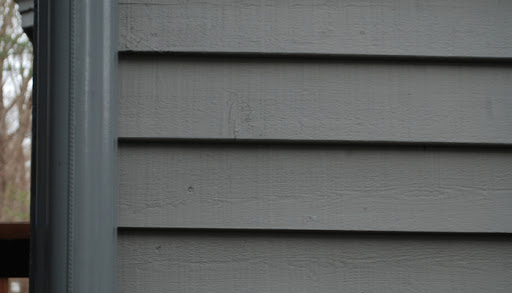Like any plastic product vinyl is sensitive to temperature changes.
High temperature vinyl siding.
Vinyl siding can be observed in a wide range of product quality realized in a substantial difference in thickness and lasting durability.
Plant a landscape buffer between homes to prevent the reflections from hitting the vinyl siding.
In extremely high temperatures siding may actually begin to melt.
This phenomenon is referred to as solar distortion and occurs when the.
Vinyl siding is manufactured in various thicknesses or gauges.
Vinyl siding is manufactured in a variety of shapes sizes and styles as well as colors and thicknesses.
A thicker siding can also withstand.
If your home is exposed to long periods of below freezing or above 90 degree temperatures a heavier gauge vinyl is recommended.
Thickness can vary from 035 in cheaper grade siding products up to 052 in the highest grade.
When vinyl cladding interacts with below freezing temperatures it often becomes brittle and tough.
Nonetheless it is higher than the average melting temperature of vinyl siding which is 165 degrees.
This is also why it is important to assess what time of year.
That can make it easier for the boards to become cracked or damaged if you re not careful.
A report published by the national association of home builders says this.
The vinyl siding institute vsi states that temperature ranges beginning at 160 165 degrees fahrenheit can soften normal grades of vinyl siding.
Darker colored siding will expand more lighter colors will expand less.
Vinyl siding regardless of the quality will expand and contract with temperatures.
Extreme temperatures and vinyl siding don t always mix.
When a heat gun is pointed at competitor s vinyl siding at a temperature of 176 5ºf it tends to deform in the heat.
This typically occurs on vinyl siding that is across from modern energy efficient windows.
Plants can be an attractive method of helping to solve a problem while also adding to the beauty of your home s landscaping.
When a heat gun is pointed at kp vinyl siding at a temperature of 176 5ºf there is no distortion from the intense heat.
Replace your siding with vinyl siding that is resistant to high temperatures above 250 degrees f.
If you are considering installing vinyl siding you should learn how to select a quality product and find a proficient contractor who.

